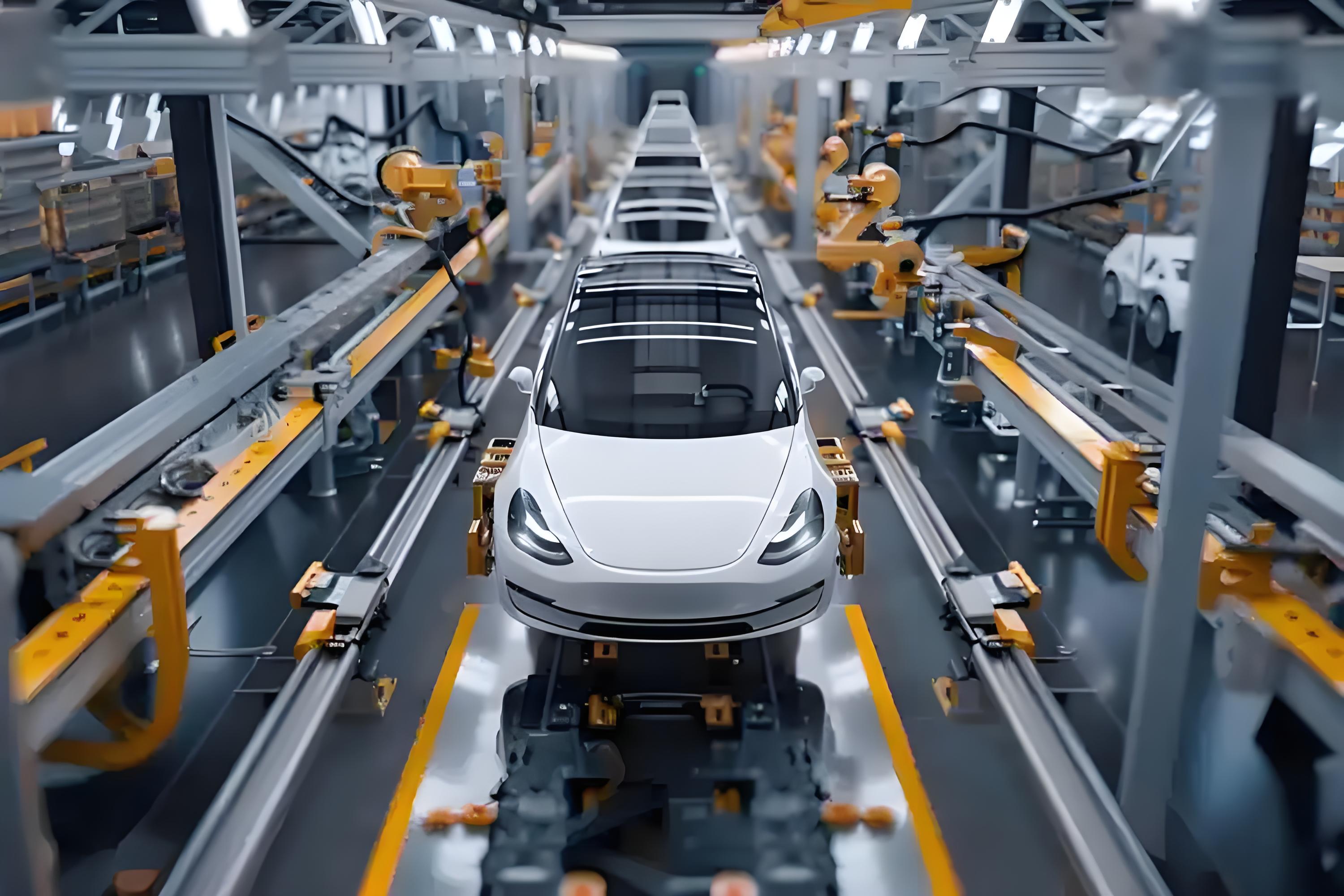Hits: 371 img

As the automotive industry progresses towards intelligentization) electrification
and weight reduction, silicone rubber has emerged as a "key material"
driving industry transformation through its high temperature resistance,
corrosion resistance, and high elasticity. From traditional internal combustion
engines to new energy vehicles, it is reshaping vehicle performance and safety
standards with its "flexibility."
High-Temperature Guardian of Engine Systems
Turbocharger Sealing: Silicone rubber seals withstand 300°C high temperatures and pressures, preventing oil leaks and ensuring stable turbocharger operation.
Intake Manifold Coating: Silicone coatings reduce air resistance, improve fuel efficiency, and resist oil/gas corrosion.
Timing Belt Tensioner: Silicone cushions absorb vibrations, extend belt lifespan, and reduce engine noise.
Innovation Case: A brand's engine using silicone sealing achieved a
maintenance cycle extended to 100,000 kilometers.
Safety Protector for New Energy Vehicles
Battery System Sealing: Silicone seals isolate electrolytes and moisture, preventing short circuits and ensuring stable battery life.
Motor Cooling System: Thermally conductive silicone pads rapidly dissipate heat, enhance motor efficiency, and avoid thermal runaway risks.
Charging Port Protection: Silicone seals achieve IP68 waterproof/dustproof ratings for outdoor environments.
Case Study: An electric vehicle with silicone-sealed batteries
retained over 85% capacity at -30°C.
Sensory Nervous System for Smart Driving
Sensor Encapsulation: Silicone protects radar/camera sensors from oil/dust, ensuring data accuracy.
Touch Interfaces: Conductive silicone buttons enable responsive multi-turn voice interactions in car systems.
Seat Pressure Sensing: Silicone pads monitor passenger status in real-time to optimize airbag deployment timing.
Technological Breakthrough: German-developed silicone-based gesture
recognition systems control vehicle functions via hand movements.
Lightweight and Eco-Innovation
Degradable Materials: Bio-based silicone/carbon fiber composites reduce vehicle weight while maintaining strength, lowering fuel consumption.
Noise/Vibration Control: Silicone soundproof mats absorb energy, creating a quiet driving environment.
Recycling Technology: Silicone components undergo chemical
depolymerization for closed-loop resource reuse, reducing industrial pollution.
Conclusion
Silicone rubber, characterized by high temperature resistance,
reliability, and lightweight properties, serves as the "flexible
engine" of the automotive industry. As new energy and smart driving
technologies advance, it may propel the industry toward safer, more efficient,
and sustainable frontiers.
General Purpose Grade Liquid Silicone Rubber – MY-LSR20 AB